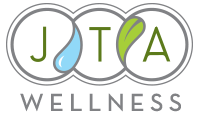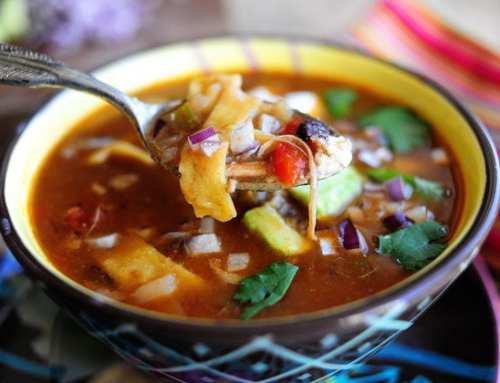Everyone knows and adores the musical comedy set in the 1950’s, Grease, where good girl, Sandy, falls in love with greaser, Danny. Maybe you’re still humming the catchy musical numbers, and remember the Rydell High School cliques, the provocative Pink Ladies and the hotheaded T-birds. You might also recall that in the end, to every mother’s dismay, Sandy decides to give up her “good girl” image to pursue her gorgeous, but greasy boyfriend.
Nutrition, too, has a Grease-y tale to tell. It would appear that, like Sandy, once “too pure to be pink,” America abandoned good sense and succumbed to a certain grease. The unfortunate story begins with the birth of a certain bad-boy, trans fat, back in 1903.
At the time, scientists were looking for a more convenient, shelf-stable fat that could be manufactured for a low price- thus, the process of hydrogenating edible oils was invented. The spoil-free oil was created through partial hydrogenation, where an unsaturated fat (in liquid form) could be converted to a trans-saturated fat (in solid form). Proctor and Gamble soon introduced its white and creamy designer fat, Crisco, to the marketplace. To many consumers, Crisco truly was Greased Lightning– baked goods were fluffier, fried foods were crispier, and (overall) Crisco was cheap. Crisco was the first of many manufactured products to contain trans fats.
During WWII, America’s obsession with the spoil-free oil accelerated. Many butter manufacturing plants had to be used to support the war effort, and as a result, the greasy guys, margarine and Crisco, were being produced in mass quantities. Eventually, partially hydrogenated oils sneaked their way into America’s booming fast-food industry.
Thankfully in 1990’s, the truth about trans fats finally came out, and America has been trying to break up them ever since. Several scientific studies showed that eating even a tiny amount of trans fat drastically increases the risk for coronary heart disease. Research findings related to trans fats were so alarming that the World Health Organization called for the complete elimination of trans fats from the global food supply. Unfortunately, this information was about 70 years too late— Americans’ trans fat intake was already sky high. By 2012, the average American was consuming about 5.8 grams trans fats per day (making up 2-3% of total daily calories).
The CDC recently revealed that nearly 9% of America’s processed foods contain trans fats, and approximately 84% of said foods are marketed to contain “0 grams” trans fat per serving. The only way to know for sure is to check the ingredient list (underneath the nutrition label) for “partially hydrogenated oils.”
What are the sneaky sources of trans fats?
- Store-Bought Baked Goods: Most cakes, cookies, pie crusts, crackers, and ready-made frosting.
- Snacks: Potato, corn and tortilla chips. Also, while popcorn can be a healthy snack, be on the lookout for packaged or microwave popcorn containing partially hydrogenated oils.
- Fried foods: French fries, doughnuts, and fried chicken cooked in partially hydrogenated oils. To be sure, ask your server what type of oil is used for cooking.
- Refrigerator dough: Canned biscuits, cinnamon rolls, and cookie dough, as well as many frozen pizzas.
- Creamers and margarines: Nondairy and powdered coffee creamer, and stick margarines.
You can never have enough fantastic chili recipes in Texas. Just in time for Fall, this week’s Spicy Chocolate Chili has a unique, rich flavor that your family will love.





Leave A Comment